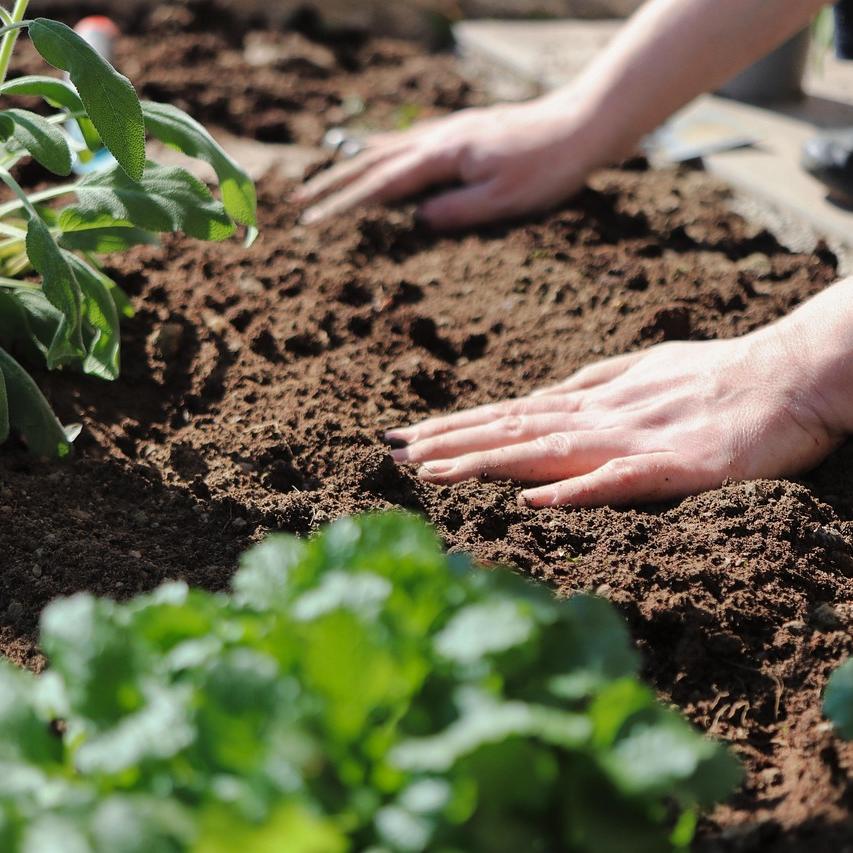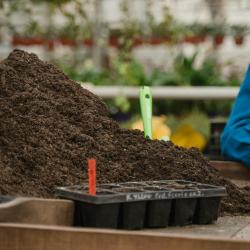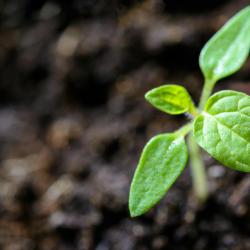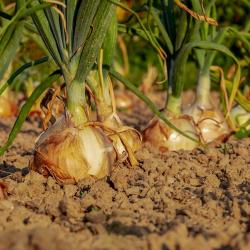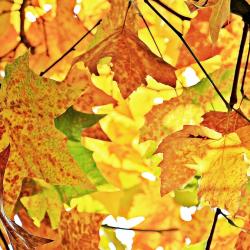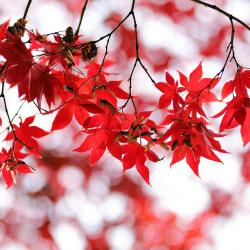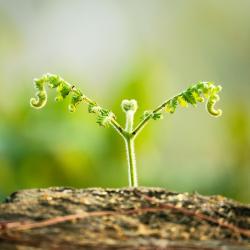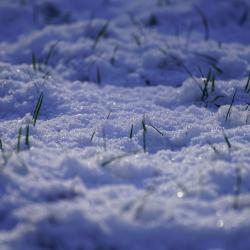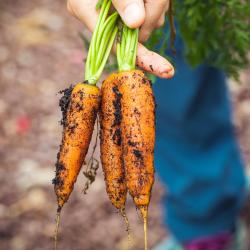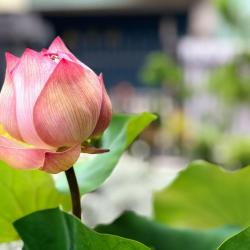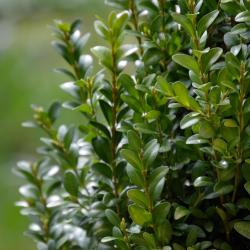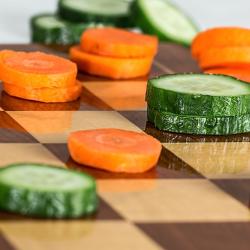How to Extend Your Growing Season: Tips for Fall and Winter
As the summer sun fades and the crisp embrace of autumn sets in, many gardeners lament the end of their growing season. However, thoughtful planning and creative techniques can allow gardeners to extend their planting and harvesting well into the fall and even winter months. Whether you're a seasoned horticulturist or a novice gardener, there are numerous strategies to nurture your green thumb throughout the colder seasons. Here’s how you can make the most of your garden year-round.
1. Optimize Plant Selection
Choosing the right crops is pivotal when aiming to extend your growing season. Certain plants are naturally suited to colder climates. Hardy greens such as kale, spinach, and Swiss chard can often survive frosts. Root vegetables such as carrots, parsnips, and radishes also thrive in cooler temperatures. Investigate and invest in cold-hardy crops that can withstand brief spells of frost.
2. Leverage Row Covers and Tunnels
Row covers and tunnels can play a crucial role in protecting your plants from the harshest elements. These structures serve as a protective barrier against early frosts and can moderate temperature fluctuations. Floating row covers, made from lightweight fabric, allow sunlight, air, and water to penetrate while shielding plants from cold winds and frosts. Low tunnels, constructed from plastic sheeting over metal hoops, create a greenhouse-like environment that can significantly raise the microclimate temperature around your plants.
3. Utilize Cold Frames
Cold frames are an excellent tool for extending the gardening season. These mini-greenhouses capture sunlight and provide a warm, sheltered space for plants. Constructed from repurposed materials like old windows, they can be custom-built to fit any garden. Place cold frames in a location that receives maximum sunlight throughout the day for optimal results. They are ideal for starting seeds early or extending the life of summer crops into the fall.
4. Practice Mulching
Mulching is a simple yet effective method to protect your plants during the colder months. By applying a thick layer of organic matter, such as straw or leaves, around your plants’ bases, you insulate the soil and protect root systems from freezing. Mulching also retains soil moisture and prevents weeds. This protective layer will be your garden's first defense against the rigors of fall and winter.
5. Maximize Sun Exposure
Understanding the sun’s reduced trajectory in fall and winter is instrumental for garden planning. Align your planting in the garden to maximize exposure to sunlight, which will keep soil temperatures higher and promote growth. Consider relocating potted plants to sunnier spots or trimming trees and shrubs that cast significant shadows.
6. Opt for Raised Beds
Raised beds are more than just a solution for challenging soil conditions; they also offer thermal advantages. The soil in raised beds tends to warm up faster than ground-level plots, making them suitable for extending the growing season. Moreover, they allow for improved drainage which is beneficial during the wetter fall months.
7. Plan for Successive Planting
Successive planting is a technique that involves planting crops at staggered dates to ensure continuous harvests. Even as the days shorten, you can still sow seeds for quick-growing crops that mature rapidly. By carefully planning successive planting schedules, you avoid the growing season's abrupt end and keep your garden productive for longer.
8. Embrace Indoor Gardening
When outside conditions become prohibitive, indoor gardening can continue the cultivation of plants. Utilize window sills, install grow lights, or set up a small indoor greenhouse to maintain herbs, greens, and small vegetables inside. Indoor gardening not only extends your growing season but also adds greenery to your living space, enhancing your home’s aesthetic and air quality.
Conclusion
With these strategies, the changing seasons no longer mean a halt to your gardening endeavors. By optimizing plant selection, utilizing protective covers, and integrating creative gardening techniques, you can extend your growing season significantly. Embrace fall and winter gardening as a unique opportunity to cultivate resilience and innovation. In doing so, you'll enjoy fresh produce well beyond the summer months, enriching your meals and engagement with the vibrant cycles of nature year-round.
